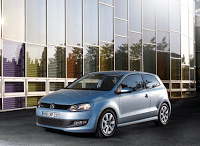 Take one relatively fuel-efficient U.S.-market car. Let’s say…. the Toyota Corolla. On the highway, the best the Corolla will likely achieve is 35 miles per gallon. Don’t forget, the Corolla also offers Toyota quality, five seats, and a somewhat peppy four-cylinder engine, too.
Take one relatively fuel-efficient U.S.-market car. Let’s say…. the Toyota Corolla. On the highway, the best the Corolla will likely achieve is 35 miles per gallon. Don’t forget, the Corolla also offers Toyota quality, five seats, and a somewhat peppy four-cylinder engine, too.
Keep those five seats. Exchange the Toyota quality for Volkswagen Euro cachet and feel. Swap the “somewhat peppy four-cylinder” for something a little less…. er, zippy? Lop off a cylinder, bring displacement down to 1.2 litres, sacrifice some horsepower, and fill’er up with diesel.
Most importantly, double your fuel economy.
Perhaps this is one compromise too many. Then again, what’s so bad about a unique, torquey, handsome, economical package? Volkswagen goes about making a Polo a BlueMotion with the help of that tiny 74-bhp engine. The VW Polo BlueMotion shuts off its engine every time it comes to a standstill. Regenerative braking like you’ll find on a Toyota Prius is present and accounted for. Of course the transmission was revised slightly. Polo watchers will notice the lower ride height. Low rolling resistance tires are a mainstay of the hyper-efficient. And to show they’ve gone whole hog, Volkswagen has played with the aerodynamics of the Polo BlueMotion as well.
It all adds up to 3.3L/100km in optimum conditions. This translates to 71 miles per U.S. gallon; almost 86 miles per Imperial gallon. Take into account the tougher EPA testing procedure and Volkswagen’s still probably looking at a 65 mpg car. This for a car that will be available in one form or another in North America in the next couple of years. As a BlueMotion? While I wouldn’t be surprised at the marketing impact and the desire amongst image-conscious Californians to drive the most fuel-efficient five-seat car on the planet (a Prius, for instance, won’t do more than 50mpg on the highway), it’s tough to sell small cars over here. Across The Pond, diesel is more readily accepted. So is small. So is Volkswagen.
Nevertheless, the Volkswagen Polo BlueMotion’s theoretical range of 847 miles (1,363 kilometres) means a drive from Seattle to Sacramento wouldn’t even require a full tank. These days, that tank of diesel would only cost about $33.63, to boot.

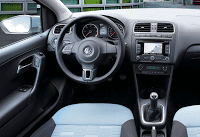
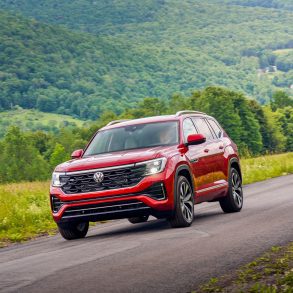
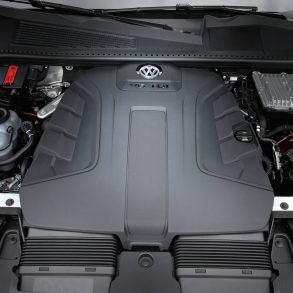
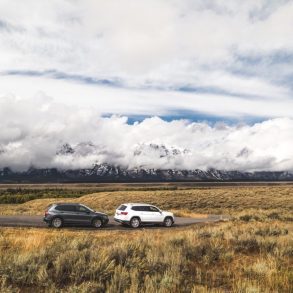
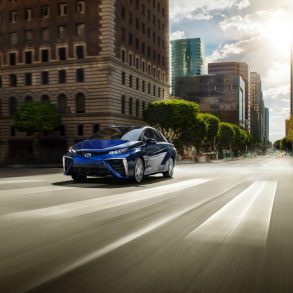
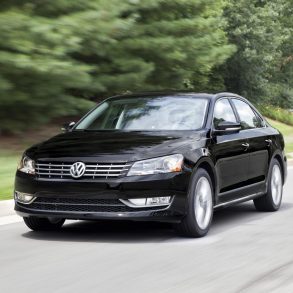
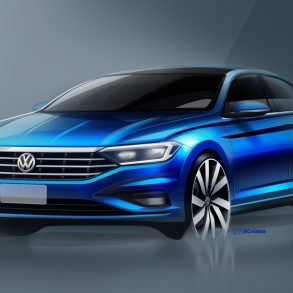
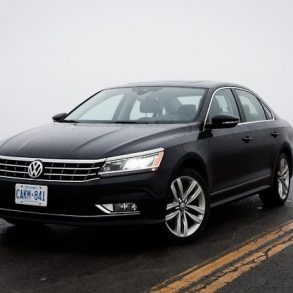
it would be revolutionairy if a car company would finall offer something with advanced fuel economy solutions AND a cheap price, unlike the Prius.
71 mpg is awesome.